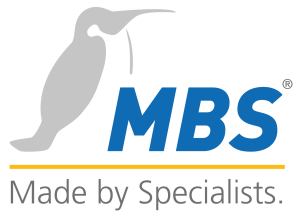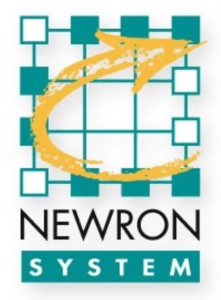There are many resources available that could be useful to BACnet product developers.
The following lists are only a sampling of available resources and are not intended to be complete. The lists are provided only as a convenience. No approval, endorsement or warranty of any kind is provided by ASHRAE or the SSPC 135.
- Commercial Suppliers
- Open Source BACnet Projects
- Other Resources
Please send any suggestions for additional resources or any feedback to us.






